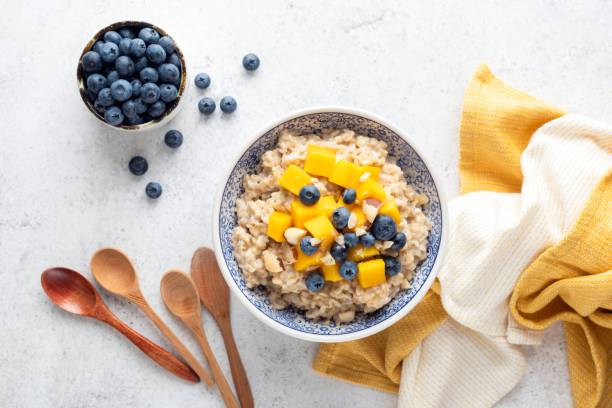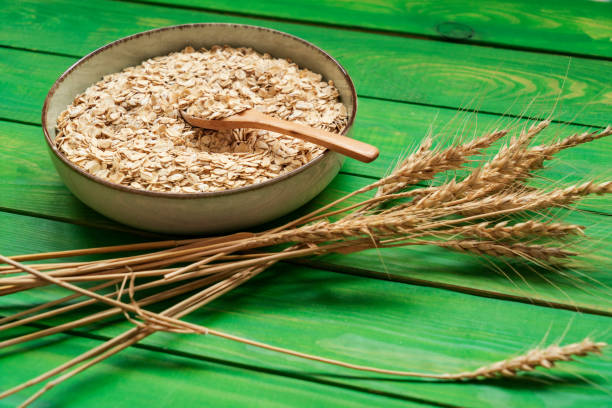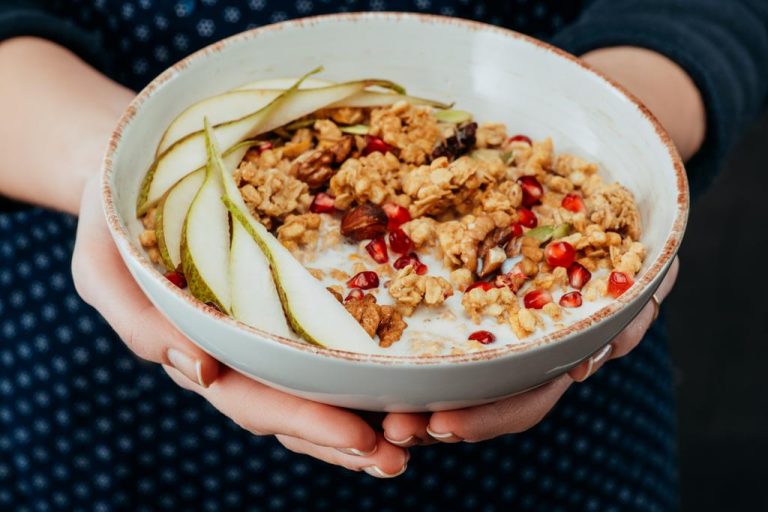Funge de Bombo: A Traditional African Dish
Funge de Bombo, also known as Cassava Porridge, is a traditional African dish that is popular in many countries on the continent. It is particularly popular in West and Central Africa where cassava is a staple crop. The dish is made from cassava flour, which is extracted from the cassava root, and is typically served with a variety of stews, soups, and sauces.
Funge de Bombo is an important part of Africa’s culinary heritage, and it is a dish that has been enjoyed by generations of Africans. It is often served at special occasions such as weddings, funerals, and other celebrations. The dish is not only tasty but also has many nutritional benefits, making it a great choice for a healthy and tasty meal.
Cassava Porridge Ingredients and Preparation
Funge de Bombo is made from cassava flour, which is made from the cassava root. The cassava root is peeled, grated, and then dried in the sun before being ground into a fine flour. The cassava flour is then mixed with water to make a smooth, thick paste. The paste is then cooked over low heat, stirring constantly until it thickens into a porridge-like consistency.
Funge de Bombo can be served with a variety of stews, soups, and sauces. It can be flavored with spices such as garlic, onions, and ginger, and can also be sweetened with sugar or honey. The dish is often eaten with a spoon, and it is common to use the right hand to scoop up the porridge and the left hand to hold the bowl.
Health Benefits of Funge de Bombo
Cassava, the main ingredient in Funge de Bombo, is a highly nutritious food that is rich in carbohydrates, fiber, and essential vitamins and minerals. Cassava is also a good source of protein, making it an excellent choice for vegetarians and vegans. The dish is also gluten-free, making it a great option for people with gluten intolerance or celiac disease.
In addition to being a nutritious food, Funge de Bombo is also easy to digest, making it a good choice for people with digestive problems. The dish is also low in fat and calories, making it a good option for people who are trying to lose weight or maintain a healthy diet. Overall, Funge de Bombo is a delicious and healthy African dish that is worth trying.















